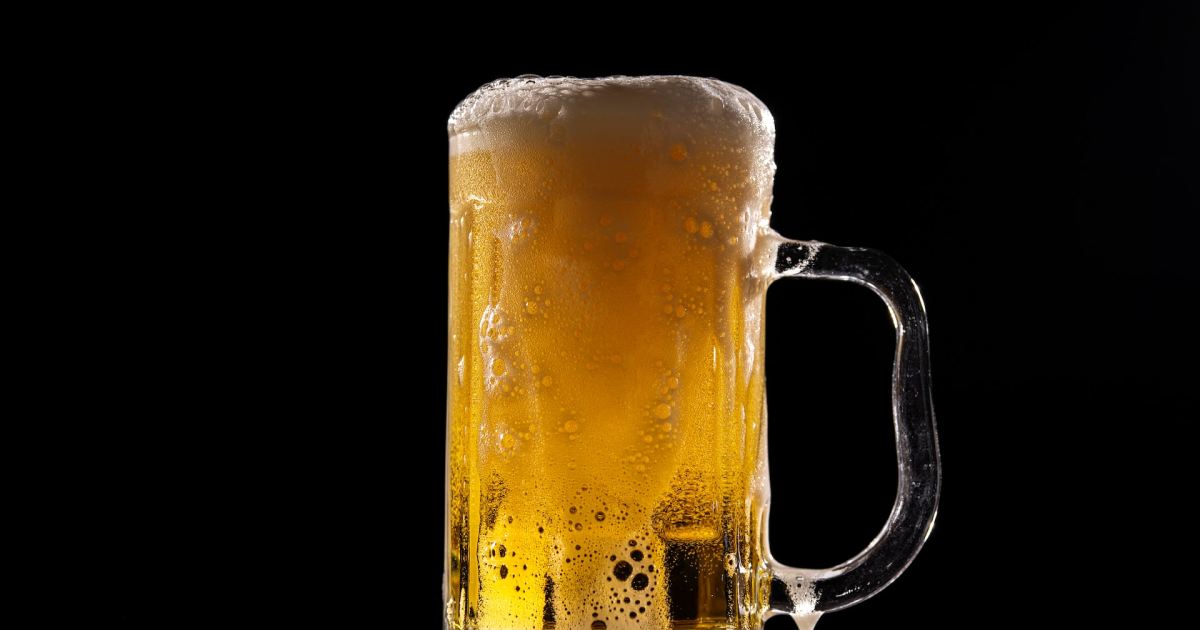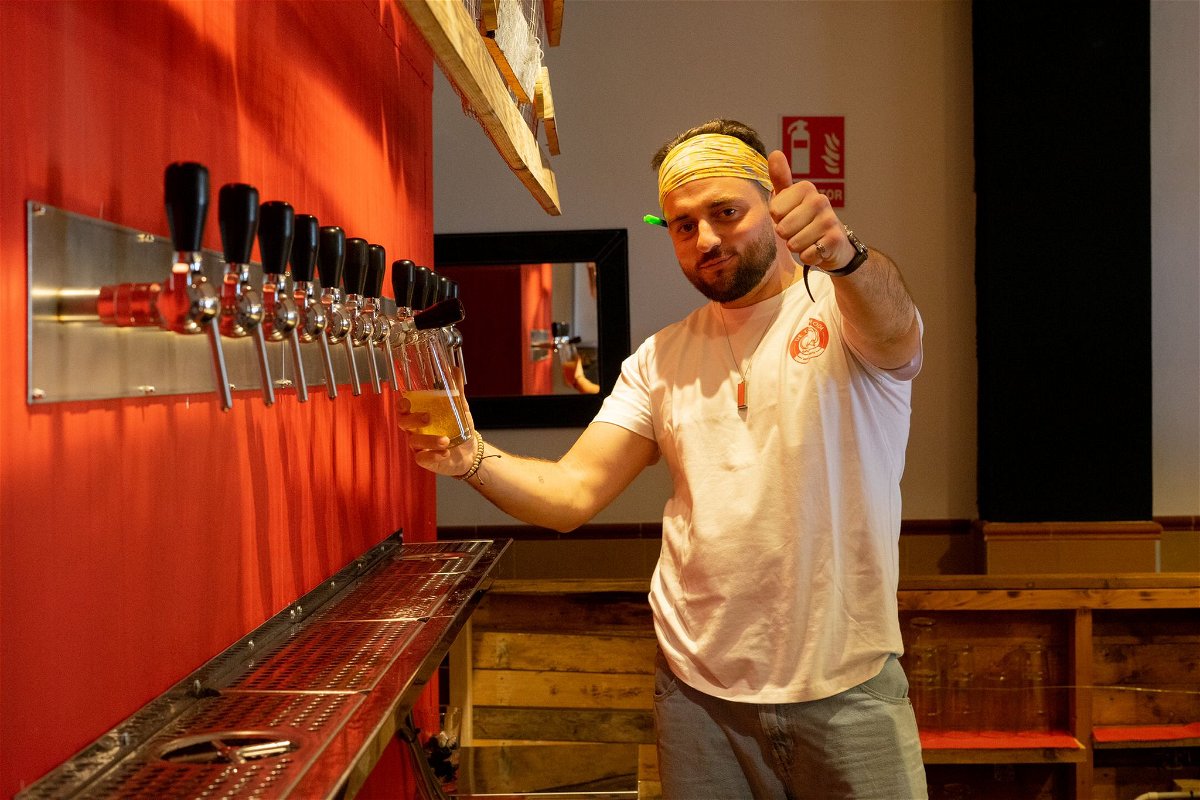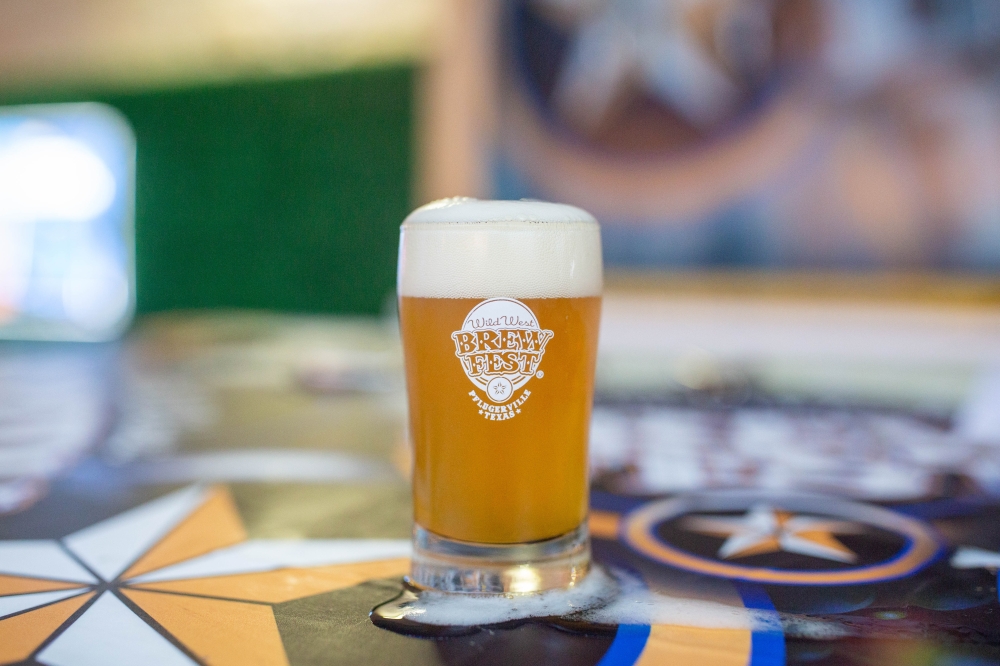Introduction
Craft beer has taken the world by storm in recent years, offering a wide range of unique flavors and diverse brewing techniques. But as with any trend, there comes a time when people start to wonder if it has reached its peak. Is the craft beer bubble about to burst, or is there still room for growth and innovation in this thriving industry? Let’s delve deeper into this topic and explore different perspectives on the current state of craft beer.
The Rise of Craft Beer
Craft beer emerged as a response to the dominance of mass-produced lagers by large breweries. It brought back the art and science of brewing, encouraging small-scale breweries to experiment with different ingredients and brewing methods. This movement not only aimed to create distinct flavors but also fostered a sense of local community and craftsmanship.
In recent years, craft beer has experienced exponential growth, attracting a loyal and passionate fan base. This surge in popularity has led to the opening of countless craft breweries in cities around the world. With a focus on quality and innovation, craft brewers continue to push boundaries and create unique experiences for beer enthusiasts.
The Saturation Point
While the craft beer industry has been booming for quite some time, some industry experts suggest that it may have reached its saturation point. With an overwhelming number of craft breweries now in operation, competition has become fierce. In some regions, the market may have become oversaturated, making it harder for new breweries to thrive.
Additionally, the COVID-19 pandemic has hit the craft beer industry particularly hard. Many breweries had to temporarily close their doors or pivot to online sales, resulting in severe financial strain. This challenging environment has forced some craft breweries to shut down permanently or delay their expansion plans.
Continued Innovation
On the other hand, proponents argue that there is still plenty of room for growth and innovation in the craft beer industry. Despite the challenges faced during the pandemic, craft breweries have shown incredible resilience and adaptability. Many have shifted their focus to canning and delivery services, allowing them to reach a wider audience.
Moreover, the craft beer movement has inspired a culture of experimentation and collaboration. Brewers are constantly developing new styles, refining techniques, and pushing the boundaries of what beer can be. This spirit of innovation ensures that the craft beer industry remains dynamic and exciting for both brewers and consumers alike.
The Future of Craft Beer
While the craft beer industry may have faced setbacks, it is unlikely that it has peaked entirely. As long as there are passionate brewers and beer enthusiasts, there will always be room for creativity and growth. However, the landscape might change, and breweries may need to adapt to new consumer preferences and market demands.
Craft beer has undoubtedly left a lasting impact on the beverage industry, challenging people’s perceptions of what beer can offer. Whether it’s introducing unusual ingredients, experimenting with aging processes, or embracing new brewing techniques, craft brewers continue to captivate beer lovers with their dedication to craftmanship and flavor exploration.
Conclusion
In conclusion, the craft beer industry may have reached a saturation point in some markets, but it is far from being on the decline. The future of craft beer hinges on the ability of breweries to adapt and innovate, both in terms of their business models and the beers they produce. As long as the passion for craft beer remains strong, it is safe to say that this movement will continue to evolve and surprise us with exciting new flavors and experiences.






